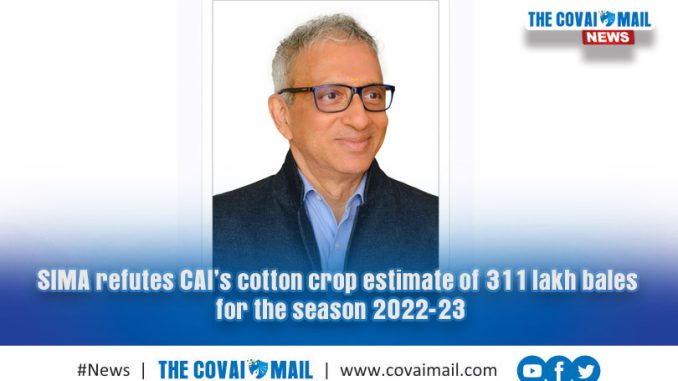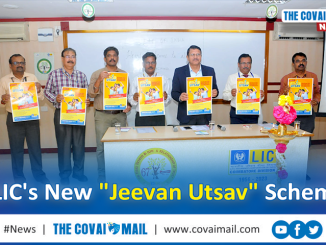
The Indian textile industry, primarily reliant on cotton, has encountered persistent challenges due to the volatile cotton prices and an 11% import duty on cotton. Despite having ample domestic cotton availability, the sector has witnessed a 23% decline in overall cotton textile exports, including readymade garments, during 2022-23. The period from April to June 2023 saw an 18% drop compared to the same period the previous year. The export of cotton yarn plummeted by 50% in 2022-23, leading to production halts and a 30% job loss across the value chain.

In response, Shri. Piyush Goyal, the Union Minister of Textiles, established a Textile Advisory Group and implemented measures to stabilize cotton prices and enhance global competitiveness. Initiatives include RoTDEP, revamped cotton contract terms, and a joint effort by the Ministries of Agriculture and Textiles to boost cotton production.
Despite these efforts, the 11% import duty fosters a domestic cotton trade that sets import parity pricing, leading to market uncertainty and underestimating cotton stocks and crop size. The Committee on Cotton Production and Consumption (COCPC), chaired by the Textile Commissioner, estimates factors influencing cotton prices and the textile value chain.
Ravi Sam, Chairman of The Southern India Mills’ Association (SIMA), urged the Cotton Association of India (CAI) to align with COCPC’s estimates to avoid negative impacts on the market. He disputed CAI’s recent cotton crop, arrival, and opening stock estimates and highlighted the surge in cotton prices. He noted that the yarn price increase did not match the rise in cotton costs, creating losses for spinning mills.
Ravi Sam emphasized that accurate crop estimates are vital to prevent market fluctuations. He called for the removal of the 11% import duty to stabilize prices, enhance competitiveness, and sustain cotton textile exports. Despite a comfortable global cotton supply, India’s competitiveness hinges on addressing these challenges.



